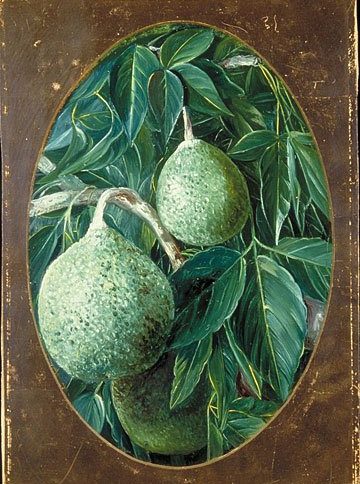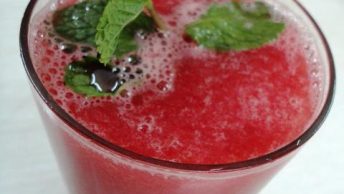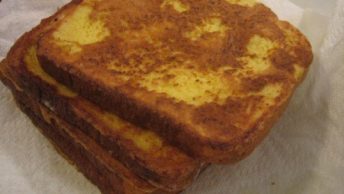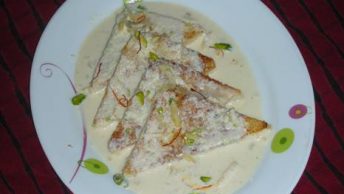BAEL:
(Aegle marmelos)
Family: Rutaceae
Sanskrit name: Bilva
Hindi name: Bel
The great night of Siva is the most sacred time for fasts, prayers, and offerings, when even the most involuntary acts, if pleasing to Siva, are made holy.
There was a poor hunter once, who happened to take shelter during the night in Siva’s sacred Bel tree.
He was delivered from the encumbrance of all previous existences.
The Siva Purana {seventh century A.D.)
The Bel is unmistakably Siva’s tree: tall, stem, austere, with dark leaves and fruit like pale suns. The trifoliate leaves symbolize the three eyes of Siva, and are known to contain a small percentage or Siva’s alchemical substance, mercury.
It is said that offerings or water sprinkled on these leaves at any shrine will always remain fresh.
In the Atharva-Veda (circa 1000 B.C.) the Bel is described as being so sacred its timber may not be burned as fuel.
Today the tree is still the totemic deity of those great guardians of eastern Indian forests, the Santhal tribals.
The scientists of the Ayurveda value the Bel tree for the medicinal properties contained in its fruit and leaves. A decoction of leaves is a favorite remedy for ailments that often, occur during seasonal changes—fevers, influenza,
fatigue. The fruit has a hard rind or shell that cracks open to reveal a pale tawny flesh, which is astringent and very sweet. Pulped, the flesh of the Bel is an excellent curative for dysentery, while the fragrant juice is used as an appetizer, for curing stomach disorders, and for purifying the blood.
Both sustaining as food and curative as medicine, Bels are traditionally called by Indians the “fruit of plenty,” so perhaps it is no irony that Puranic legends should describe the fruit of Siva’s austere tree as the breasts of the Goddess
or Plenty.
Excerpted from The Garden of Life by Naveen Patnaik.
Illustration: Painting The Bael Tree by Victorian artist Marianne North. Marianne travelled the globe to satisfy her passion for recording the world’s flora with her paintbrush. The result of these epic journeys can be seen in Kew’s Marianne North Gallery, where tier upon tier of brightly coloured paintings of flowers, landscapes, animals and birds are arranged. There are 832 paintings, all completed in thirteen years of travel round the world.







